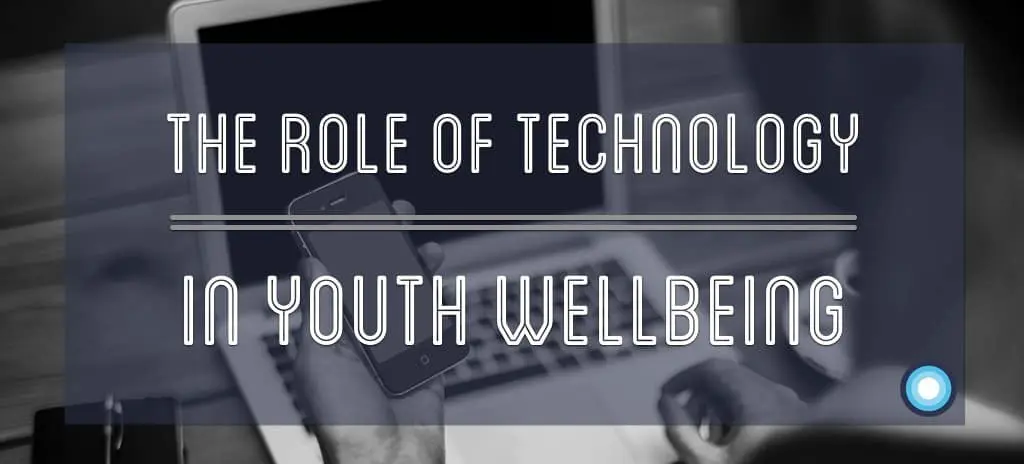What Is The Role Of Technology In Youth Wellbeing?

In the early days of Lifehack, we were often asked how many mobile apps we’d built. Apps that would ‘solve’ youth mental health issues… pieces of technology that would improve the wellbeing of all young people in this country – as if somehow technology itself, or one or two apps would work for everyone.
Since Enspiral took over the work for Lifehack nearly two years ago, we have increasingly shifted our attention and energy towards a people-first approach, as opposed to having an idea-first way of working on complex social issues like wellbeing.
We start by finding amazing people, rather than amazing ideas.
We start with problems, not with assumptions.
We seek to build capacity and agency in individuals and communities, rather than seeing technology (as per the common perception) as ‘the answer’ to problems.
This approach showed up in how we selected for the Lifehack Labs cohort in August last year, where we consciously chose not to recruit based on projects & ideas, but on the potential that we saw in people, along with the vision they had for a better world. This resulted in some innovative projects which emerged from Labs, which are now part of our venture support programme.
Technology, in its truest sense of the word, means intervention by design. A conscious choice to improve every-day situations – whether that’s a fork, a pencil sharpener, or a door handle. Most commonly though, when the wider public talk about technology these days, it often seems to mean digital, internet-centric interventions, often optimised for smart phones or tablets.
Increasingly though we find ourselves in conversations with people where technology, whether simple or sophisticated, plays a secondary role in their project. Often, technology is the medium for getting the word out, rather than projects being inherently technology-based. For example, Rise & Shine, Wellington’s recent dawn dance party (an interactive, in-person experience), or Orientation Aotearoa, an eight-month residential social entrepreneurship programme, use technology as a means to an end. They use it to attract people to their programmes and events, but aren’t exclusively tech-based in how they deliver their content or experiences.
So where does that leave us as Lifehack?
Lifehack is funded out of the Prime Minister’s Youth Mental Health Project, but more specifically out of the Social Media Innovation Fund – a fund allocated to investigate the role of (social) technology in improving mental health outcomes for young people.
In the last year, we’ve begun to go above and beyond that brief, with new partners and opportunities emerging. Accordingly, we’re asking “What is the real role of technology in youth wellbeing? How can it help? When does it hinder?”
Great projects arise from human need, the opportunities for which may be tech-based (or part tech-based). But technology doesn’t stand still, and neither do the people using it. Investing huge amounts of time and energy in one or two social networking platforms is a bad strategy in today’s world – whether it’s the teenagers flocking away from Facebook, or the disruptive social good possibilities of drones – we know we need to keep moving with the people using the technology, to investigate what it’s possibilities are to improve youth wellbeing.
Great projects only last if they have great people behind them. Whether you look at the startup failure rate, or anecdotes from a range of “starting things” programmes, you can see that the people and teams often make or break the best (and worst) of ideas. Here at Lifehack, after years of experience, we feel more attention needs to be paid to the people behind these projects and ventures – how they start well, what kind of research they base the projects on, how they manage their team, and how they are funded over time. Only when we are able to better understand this, will we get better results for young people in Aotearoa New Zealand.
He tangata, he tangata, he tangata.
It’s the people, it’s the people, it’s the people.

